Chamberlain College NR501: Patient-Centered Care Model Report
VerifiedAdded on 2023/01/13
|5
|996
|44
Report
AI Summary
This report focuses on the Patient-Centered Care (PCC) model and its application within the context of a Family Nurse Practitioner's (FNP) role. It begins with an introduction to PCC, highlighting its emphasis on patient needs and preferences to improve the quality of care. The report discusses the implementation challenges of PCC, addressing the complexities involved in defining and applying the model within healthcare systems. The role of the FNP is explored, emphasizing their importance in PCC implementation due to their direct patient interaction and long-term care responsibilities. The report stresses the need for specific training programs to equip nurses with the skills to identify patient needs and facilitate shared decision-making. The conclusion underscores the significance of the PCC model for maintaining high-quality care, while acknowledging the challenges in implementation. The report emphasizes the importance of the patient-doctor relationship in healthcare and the positive impact of a fully implemented PCC approach on patient-nurse interactions and outcomes.
1 out of 5
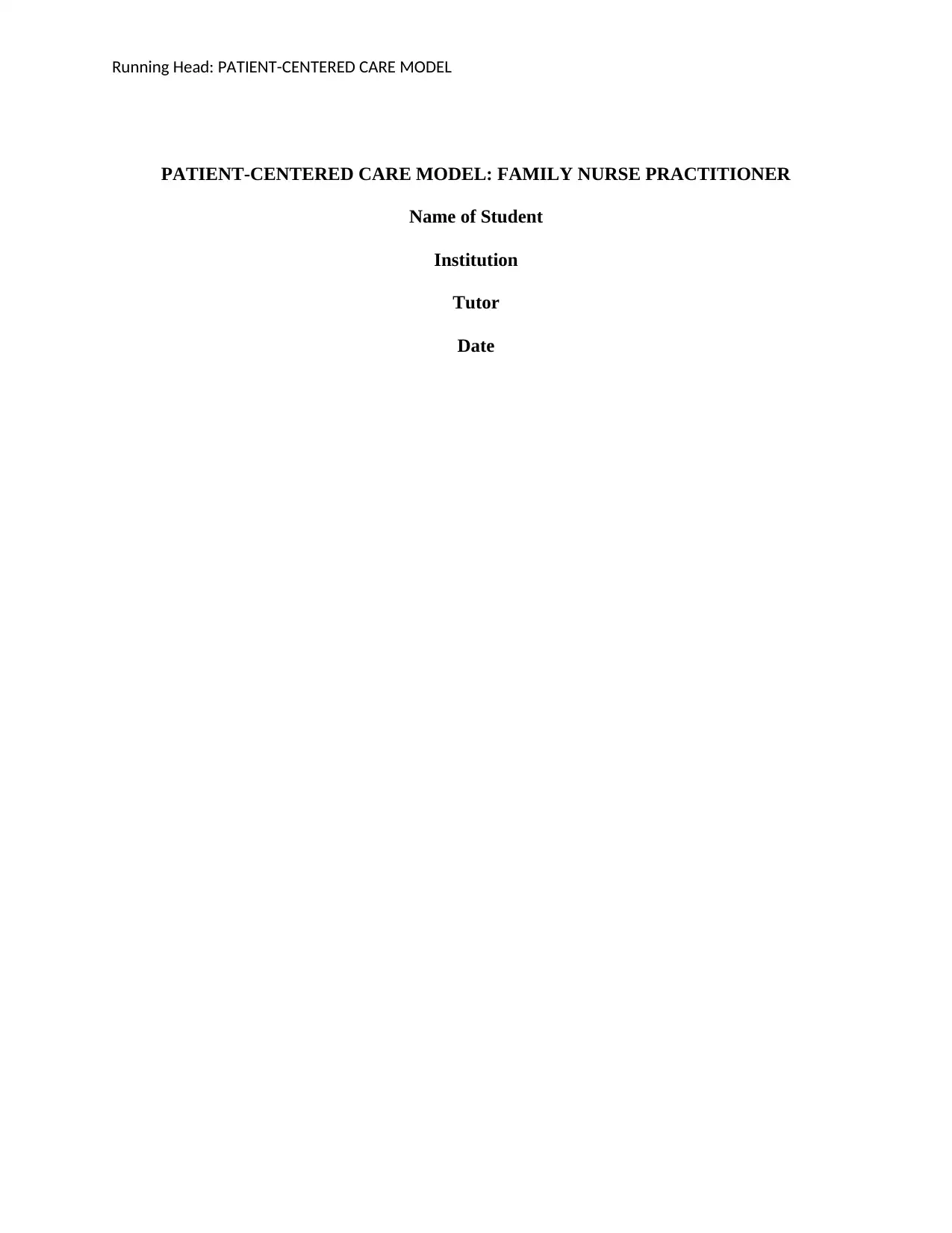
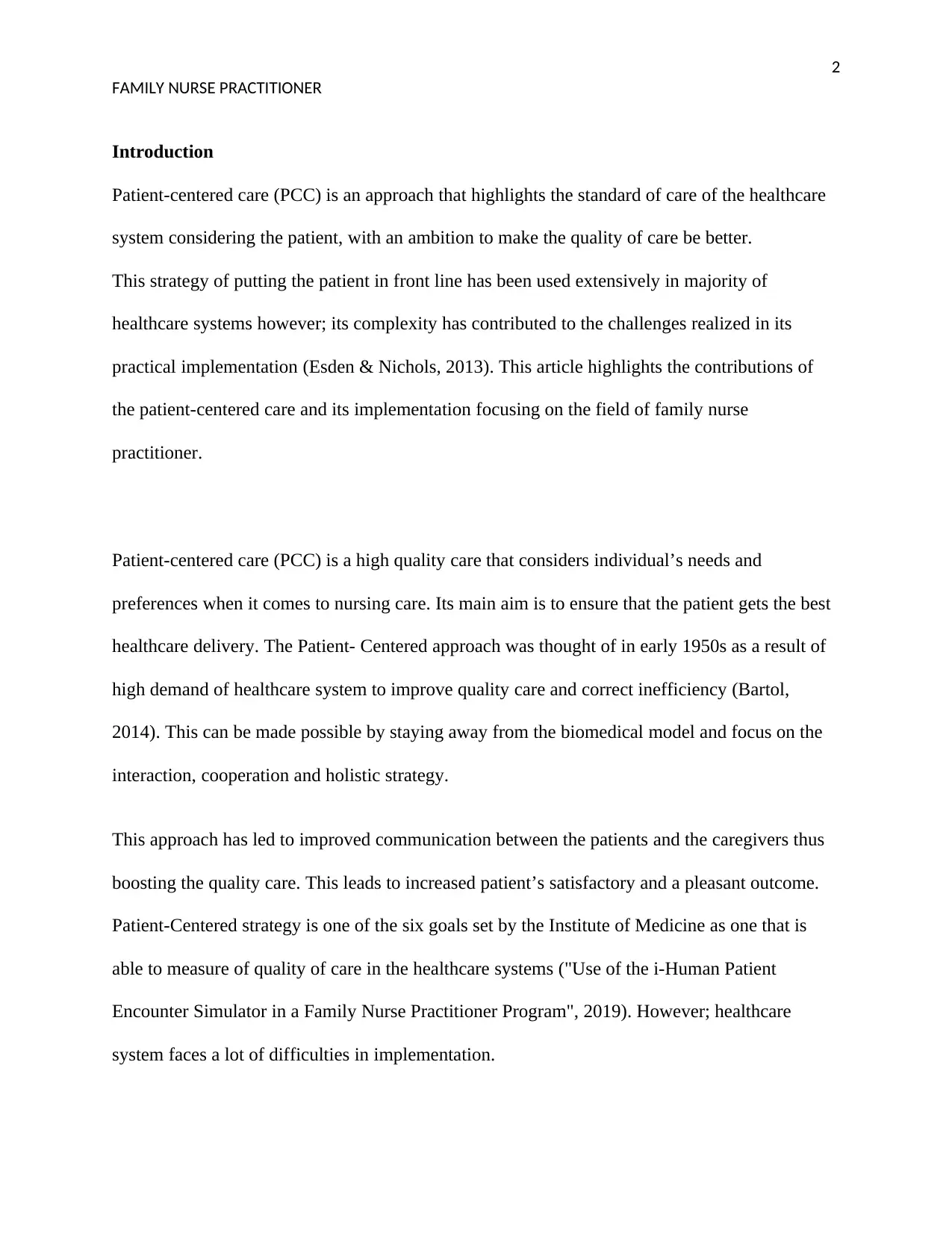
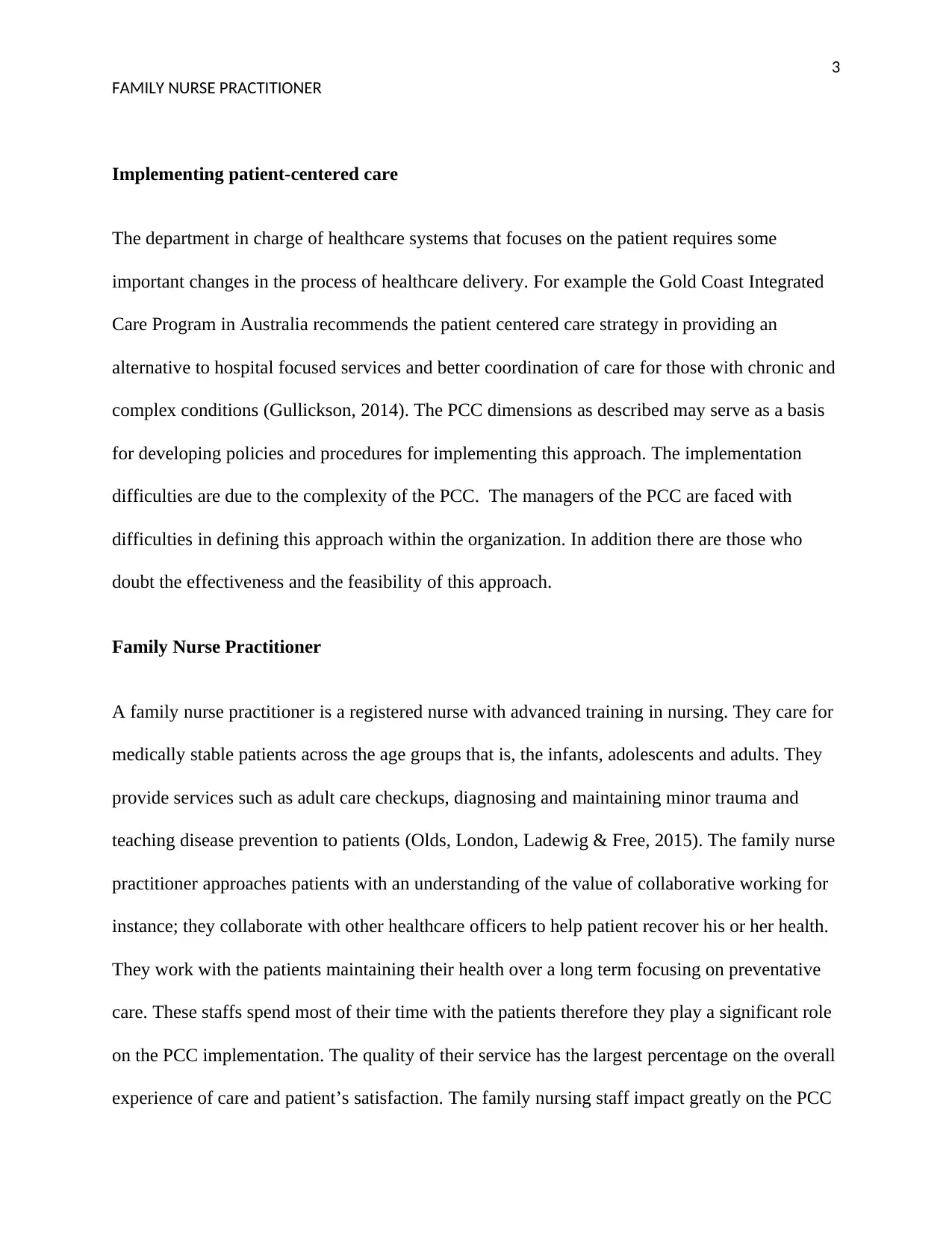

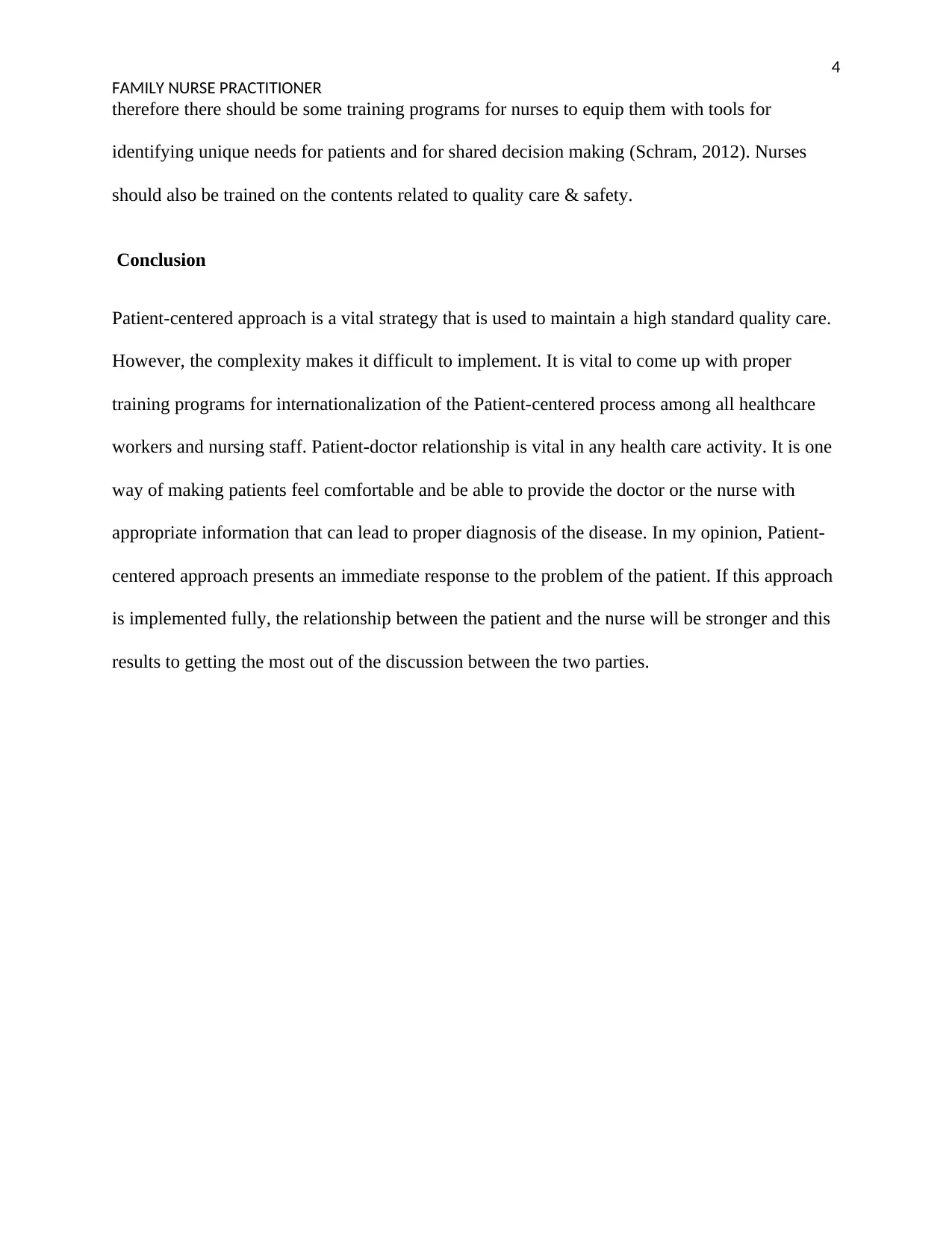
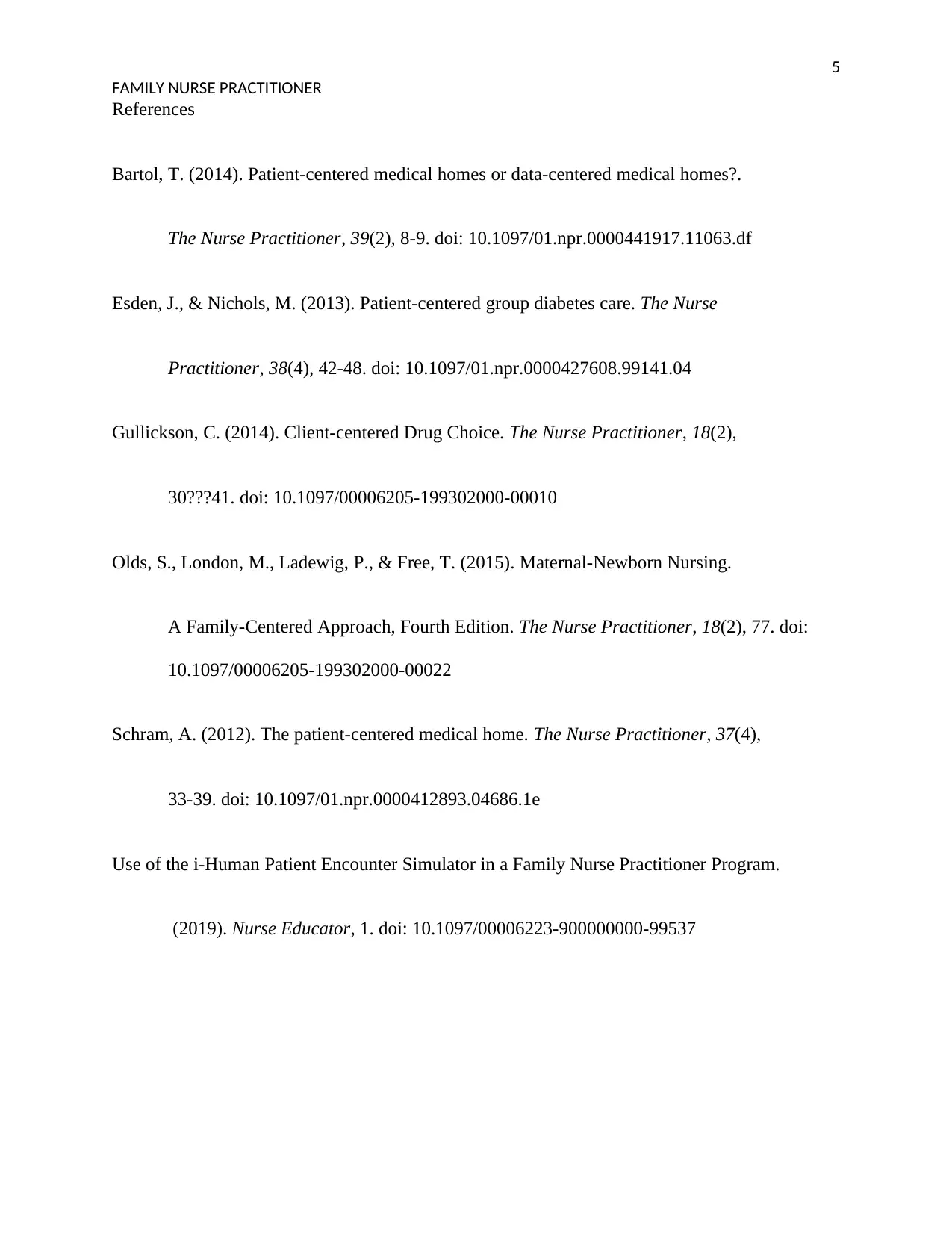





![[object Object]](/_next/static/media/star-bottom.7253800d.svg)